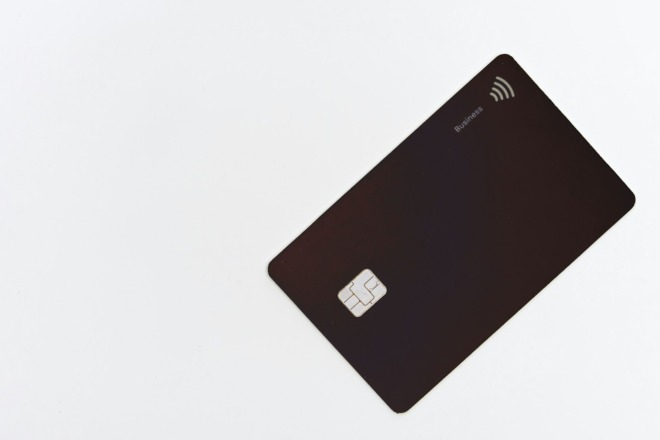It’s no secret that electricity is expensive. Power source costs have been rising steadily over the past decade, and will likely continue to do so. While the price increase is good for utility companies, it’s bad for small businesses that rely on electricity to run their operations.
Energy costs are a concern for many businesses. They can be a significant portion of your budget. And if you aren’t paying attention to them, they can quickly get out of hand.
It’s important to understand the factors that affect your energy usage. That way, you can make changes to your business to save money.
Factors Affecting High Energy Costs for Businesses
Many factors affect your business’s energy costs. These would include:
- The type of industry your company is in. Some industries, such as manufacturing and data centers, are more energy-intensive than others. For instance, retail, food service and real estate tend to be less energy-intensive because they do not require large machinery or equipment.
- The size of your company. If you have many employees or customers, that can increase your overall power usage.
- How much technology you use in the workplace. Most businesses today rely heavily on technology for communication and operations— which can cost them dearly when they don’t think about how much electricity each device uses.
Ways To Reduce the Cost of Your Power Source
If you’ve noticed your utility costs rising, here are some tips on reducing your company’s energy usage.
1. Conduct an Energy Audit for Your Business
An energy audit determines how much energy your business uses, how and where you use it — and the costs. It’s not just about the electricity bill, though. It’s also about identifying ways to reduce the cost of operating your business, which could lead to cost savings or even profit.
2. Power Down Equipment That’s Not in Use
If you use a computer, turn it off at the end of each day. A laptop can stay on while in sleep mode and still consume power, even when left at your desk overnight. This is especially important if you have a desktop that stays on 24/7, as that can cost upwards of $150 per year in electricity.
Consider turning off lights when you leave a room. And be sure to turn off air conditioning or heating when rooms are not in use for long periods. If there’s no one around to feel the difference, then why pay for it?
Turning off all appliances you’re not using will reduce your monthly utility bill significantly without purchasing more electricity from your local power company.
3. Purchase Energy-Efficient Office Equipment
Energy-efficient office equipment uses less energy than traditional office products and equipment. Reduced energy results in lower electricity bills and office equipment can include:
- Lights
- Computers
- Printers and copiers
- TVs, stereos and other electronic equipment
Energy efficiency can be measured using the Energy Star score system. This score ranges from 0 to 100, with a higher number indicating better energy efficiency. To determine whether an appliance is eligible for Energy Star, it must meet certain qualifications set by the EPA (Environmental Protection Agency).
4. Switch Energy Suppliers
It’s never too late to get your power source from a different energy supplier. Switching energy suppliers is a simple process that can save you money on your power bill. Here are the steps to take:
- Look for new suppliers in your area. Shop around and get quotes from different providers.
- Compare the prices of different suppliers based on price per kWh and other fees.
- Choose the best supplier based on price and service. If one company offers an all-inclusive rate plan with no hidden fees while another charges more but has superior customer service, go with the former. You can always switch back later.
5. Invest in Energy Management Software
Energy management software helps to identify and monitor power sources. The software tracks how your company uses energy, allowing you to see where you can save. You can then take action in those areas for significant cost savings.
Energy management software often provides a dashboard where users can view their data from one central location. You can use this information to decide how much money you want to spend or save on electricity or gas each month — and what’s causing fluctuations in usage. That way, you don’t waste money on unnecessary repairs or replacements.
There are several different types of energy management software out there. But no matter what tool is available, you’ll want to choose one that fits best into your business workflow.
6. Install a Programmable Thermostat
To understand how a programmable thermostat can save you up to 10% each year, let’s first talk about how your current system works.
Your business likely has a central air conditioner and heating unit controlled by a single thermostat. When the temperature inside your office reaches a certain Fahrenheit, it triggers the compressor to turn on.
The compressor circulates the refrigerant through coils in your heating or cooling system, which heats or cools your home until it reaches the desired temperature again — a process known as running on “automatic.”
This process can be quite wasteful. This is especially if no one is in the office at night. That means that for many hours each day, you use unnecessary energy to cool or heat unused rooms to an optimal level for comfort.
With smart technology like programmable thermostats, business owners can ensure their HVAC systems run when needed.
Use Your Business’s Power Source Efficiently and Save Money
Whether you want to save money or be more environmentally conscious, there are various ways to reduce your business’s energy costs. But if you need help assessing the situation, consider getting it from an expert.
There are professionals available who can help you with everything — from finding a new supplier to managing your entire operation’s energy usage.
About The Author
Eleanor Hecks is the Editor-in-Chief of Designerly Magazine, an online publication dedicated to providing in-depth content from the design and marketing industries. When she's not designing or writing code, you can find her exploring the outdoors with her husband and dog in their RV, burning calories at a local Zumba class, or curled up with a good book with her cats Gem and Cali.
You can find more of Eleanor's work at www.eleanorhecks.com.


